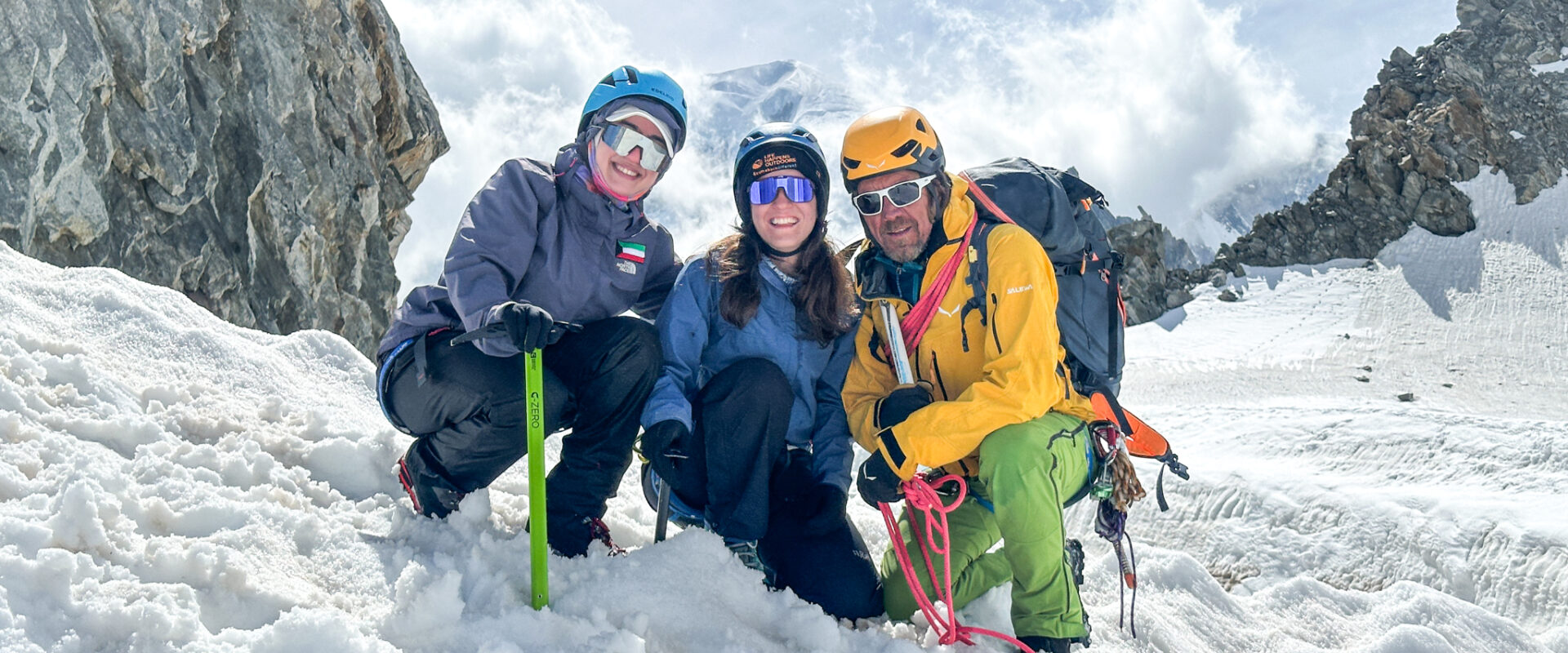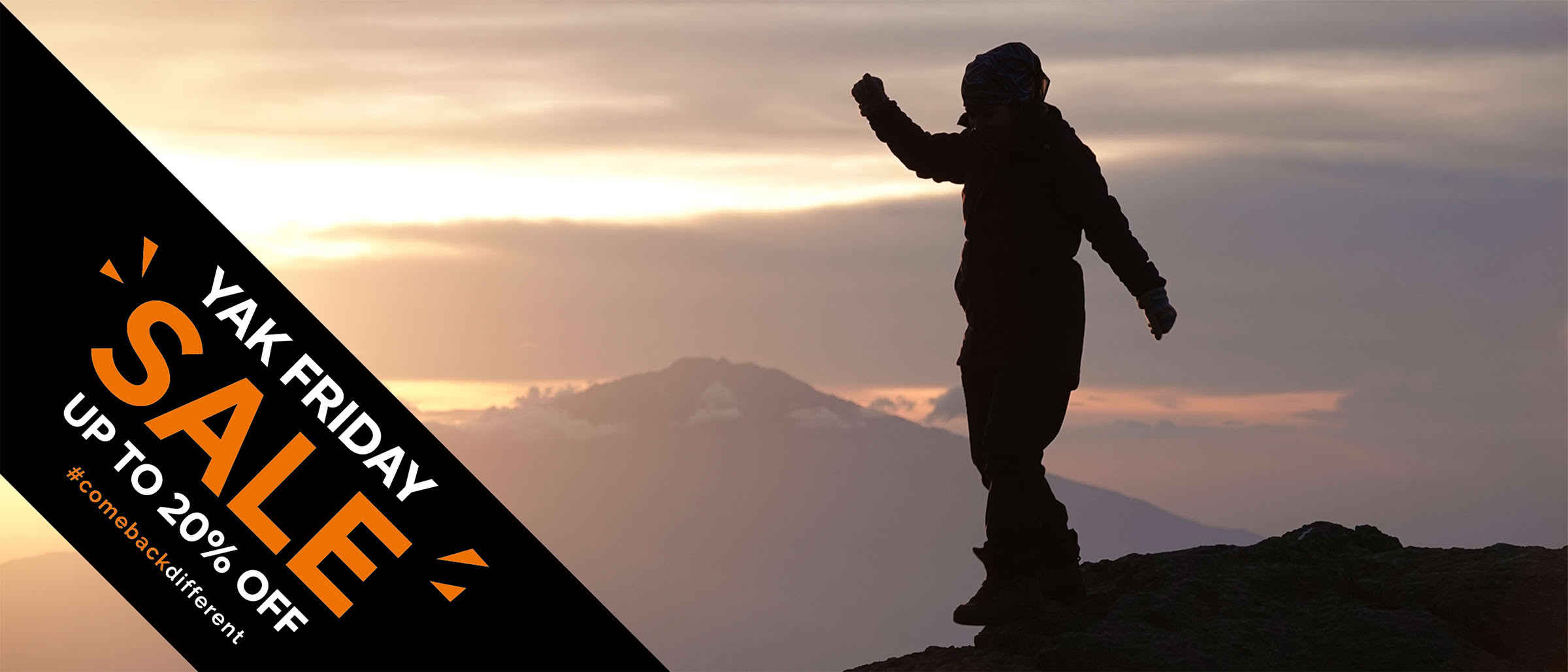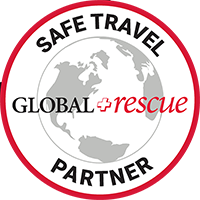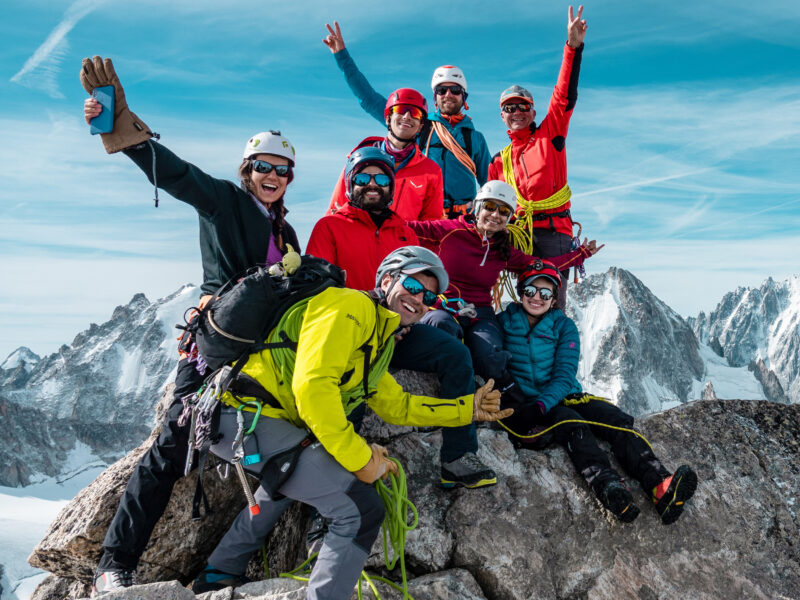BY Rami Rasamny | July 15 2025
How to Recover from a Big Adventure Trip

Because coming back different means taking care of who you are now
You have just returned from a life-changing trek across the Tour du Mont Blanc. Or maybe you stood on the summit of Kilimanjaro, breathing thinner air and feeling stronger than you ever thought you could. The bags are unpacked, the photos are on your phone, and your legs still remember the trail. So now what?
Post-adventure blues are real. After a big mountain expedition or a transformative group experience, it is common to feel a little flat, disconnected, or unsure of what comes next. But the way back to yourself does not mean returning to who you were before. Here is how to recover and recalibrate after a big adventure and keep that momentum going.
1. Stay active and avoid the slump
It is tempting to go full rest mode after something intense like an alpine summit, a multi-day trek, or a long-distance journey. Give yourself two or three days to recover, then get moving again.
Whether your routine includes trail runs, yoga, climbing sessions, or gym workouts, ease back into it. Your body might still be adjusting, but your mind will thank you. Staying active keeps the energy of the adventure flowing and helps you avoid the post-trip crash. Think of it as transitioning rather than stopping.
2. Stay connected with the people you went with
It is hard to explain what a big trip was really like to people who were not there. How the mornings felt above the clouds, how the summit pushed you to your edge, or how the campfire laughter meant more than the meals. But the people who shared that experience with you understand.
Stay in touch. Whether it is a WhatsApp group, a photo dump, or just a quick message to say you miss it, keeping those connections alive helps you process the experience. Often, they are feeling the same reintegration aches you are.
The adventure does not stop at the trailhead. The friendships, reflections, and shared memories continue long after the descent.
3. Start planning something to look forward to
The best way to recover from one adventure is to start dreaming about the next one. Having something on the horizon—another summit, a climbing course, a weekend trek—gives you purpose and excitement.
You have already proven you can do hard things. Why stop now? Get something on the calendar. Research a new route. Explore a different region. The objective does not have to be huge. It just needs to move you forward.
4. Journal the experience and reflect on the change
You have changed. Maybe it was subtle. Maybe it was seismic. But transformation leaves traces—and writing them down helps you understand what happened and what comes next.
Whether it is a journal entry, a voice note, a blog post, or a social caption that carries real weight—record it. Your thoughts and reflections are part of the story. One day, they may even help someone else find their way.
You did not just take on a trail. You took on yourself. Make space to remember what that felt like.
Final thought
Recovering from a big adventure trip is not about going back to normal. It is about integrating what you learned, honoring what you felt, and staying open to what is ahead. At Life Happens Outdoors, we believe that who you become after the mountain is just as important as who you were on it.
So keep moving. Keep sharing. Keep dreaming. And when you are ready, come back to the mountains with us.
About The Author
Rami Rasamny is the founder of Life Happens Outdoors, a premium adventure travel community dedicated to transforming lives through curated outdoor experiences. A mountaineer and entrepreneur, Rami has led teams on some of the world’s most challenging peaks, from the Alps to the Himalayas. His mission is to make adventure accessible, transformative, and safe for all who seek to push their limits and Come Back Different.
About Life Happens Outdoors
At Life Happens Outdoors, we believe in the power of nature to transform lives. As proud members of the Adventure Travel Trade Association (ATTA) and the World Travel & Tourism Council (WTTC), our team of certified guides and outdoor professionals is committed to the highest standards of safety, sustainability, and excellence.
Discover more about our story and mission on our Meet LHO page, or explore our curated adventures such as the Tour du Mont Blanc Trek, the Climb of Kilimanjaro, and Chasing the Northern Lights.















